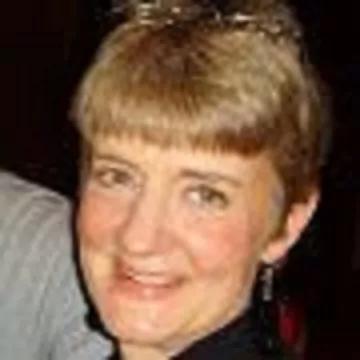Confidence is easily lost and hard to rebuild.

The symptoms began innocuously enough—a return of preadolescent motion sickness, jiggling vision during teeth-brushing, apparent cognitive decline—and I shrugged them off, attributing them to middle age. By the time I reached 50, they grew more intense and frequent, to include feeling disoriented with changes in perspective, sound sensitivity, swaying when standing still, and the like. When the signs became frighteningly obvious—vertigo upon awakening, mysterious stroke-like symptoms, panic attacks—I finally went to the doctor.
Two years and four doctors later, I got a firm-sounding diagnosis in 2010: endolymphatic hydrops secondary to Waardenburg syndrome. I had never heard of either condition. But what dismayed me most was that I was beyond the reach of a simple treatment like the Epley maneuver. Instead I had a mysterious illness that would profoundly affect the rest of my life.
As time went on, I learned to manage symptoms through diet and exercise. But I was slow to realize that I was no longer able to do the work that used to be so easy. I could no longer multi-task as an executive assistant; I couldn’t concentrate to develop ideas as a graphic designer. But I still function well in a retail environment, where my boss understands I am in fact mildly disabled.
Confidence is easily lost and hard to rebuild. But I’m gradually reclaiming my sense of self as I emerge from six years of wound-licking. Four doctors monitor my condition; the anxiety that so often accompanies a balance disorder is kept in check by cognitive behavioral techniques and visits to a psychologist. Though this “new normal” often feels like a house of mirrors, both literally and figuratively, I’m proud of my progress.